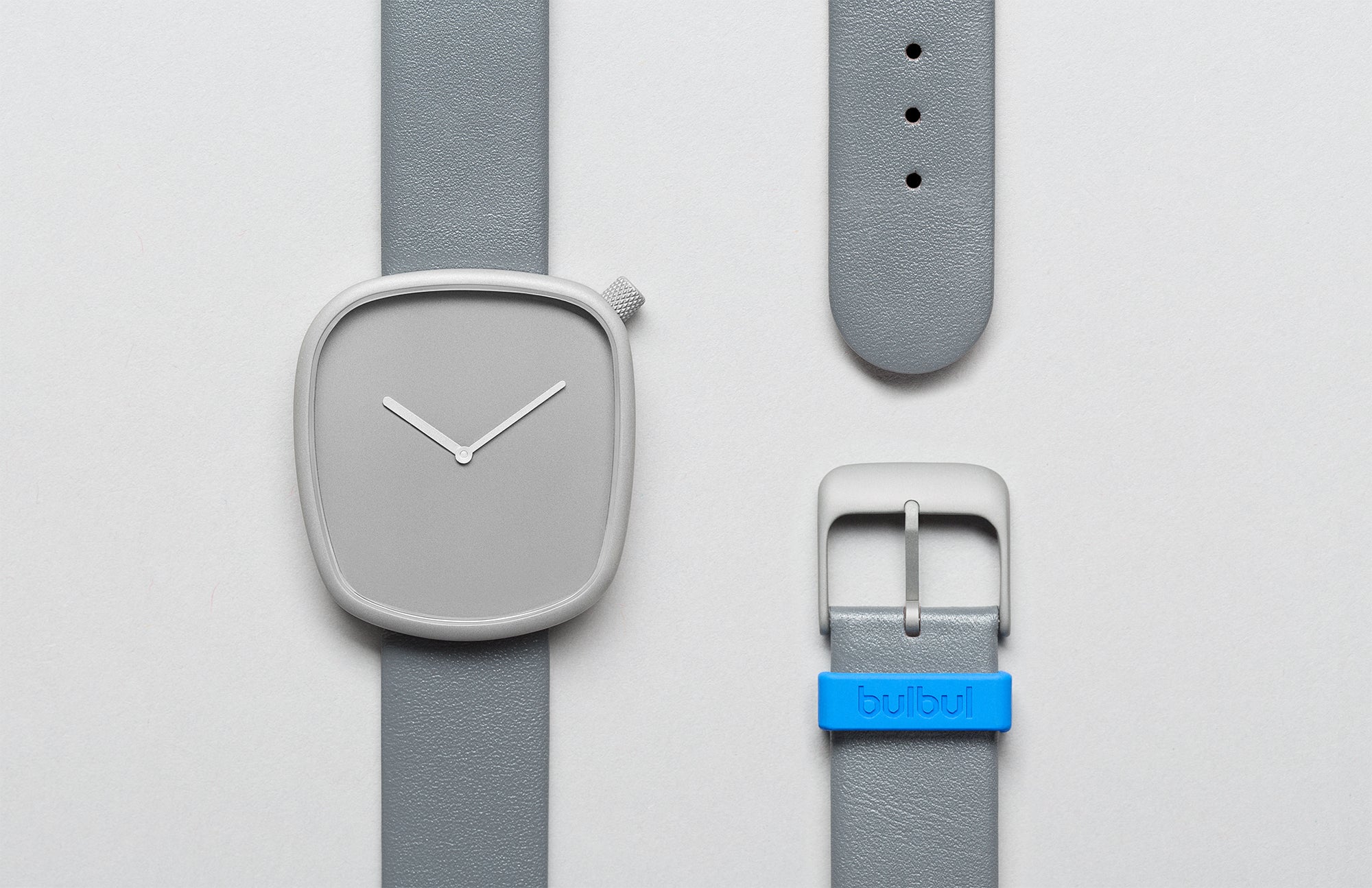Selecting the Materials: Crafting a Lasting Watch Takes Patience and Attention to Detail
December 18 2015
In 2012, when Bulbul Watches was still in its infancy and the Pebble watch was little more than the entrepreneurial glint in our founder’s eyes, the question of materials made an inevitable appearance in the idea-driven design process. Pebble’s slightly asymmetric design was taking shape and we had a sense that this was about to become a remarkable product. KiBiSi’s ambitious quest to design aesthetically sustainable products that their grandkids might one day appreciate resulted in Pebble’s unique, asymmetric silhouette and it became clear that we were aiming to be relevant, not just for the contemporary watch enthusiast, but for future generations of design lovers.
Hence, the Pebble watch deserved durable, resilient materials. Lasting elements imbued with a certain fortitude, so that the material sustainability would match the aesthetic sustainability. In other words, a timeless design necessitates long-lasting durability. For startup companies, it can be tempting to cut corners in the efforts to build an instantly profitable revenue model, but there was a sense that only the best materials available would suffice if our debut release was to live up to our collective expectations.
This process taught us a valuable lesson: that every element in the watchmaking process - from idea and design to selection of materials - has to come together and cohere holistically to hit the standards we set out for ourselves in the ideas phase. Consequently, Bulbul watches are an eclectic, international fusion of the best materials and components available:
- Swiss-made, gold-plated Ronda movement
- Smooth, durable Italian leather
- High-grade German steel from Vollmer
- Scratch-resistant sapphire glass
- Up to 10 years of battery life
Stay tuned for more elaborate info on the nature and selection process behind the individual materials.